Drawing is one of the oldest and most expressive forms of human creativity. From cave paintings to digital illustrations, drawings have been used to tell stories, express emotions and communicate ideas across cultures and centuries. In this comprehensive guide, we will explore everything about drawings from fundamental techniques to various artistic styles, tools and professional tips. Whether you’re a beginner or a seasoned artist, this article will provide valuable insights to enhance your drawing skills.
1. Introduction to Drawings
Drawing is the process of creating images on a surface, typically paper, using various tools like pencils, pens, charcoal or digital software. It is a fundamental skill in art that serves as the foundation for painting, design and illustration.
Why is Drawing Important?
- Enhances creativity and imagination
- Improves hand eye coordination
- Helps in visual communication
- Relieves stress and promotes mindfulness
- Develops problem solving skills
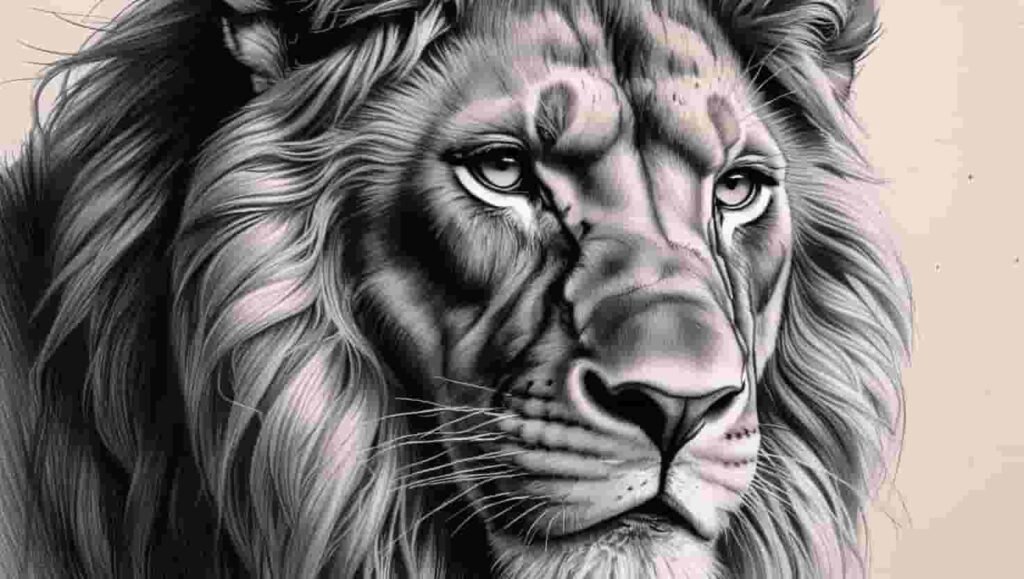
2. History of Drawings
Drawing has been an integral part of human civilization. Let’s take a look at its journey through history.
| Era | Key Developments in Drawing |
|---|---|
| Prehistoric | Cave paintings in Lascaux, France, using natural pigments. |
| Ancient Egypt | Drawings were used for hieroglyphics and murals. |
| Renaissance | Artists like Leonardo da Vinci and Michelangelo revolutionized drawing techniques. |
| 18th-19th Century | Emergence of sketching as a formal art form. |
| 20th Century | Rise of abstract and modern drawings. |
| Digital Age | Digital illustrations and AI-generated drawings have become popular. |
3. Types of Drawings
Drawings can be classified into various categories based on purpose, technique and style.
3.1. Technical Drawings
- Used in architecture and engineering
- Precise and detailed created with rulers and compasses
3.2. Artistic Drawings
- Focuses on creativity and expression
- Includes sketches, portraits and abstract art

3.3. Digital Drawings
- Created using software like Adobe Photoshop and Procreate
- Popular among graphic designers and illustrators
3.4. Cartoon & Anime Drawings
- Character based drawings used in comics and animations
4. Essential Drawing Materials
To get started with drawing, you need the right tools. Here are some essentials :
| Tool | Purpose |
|---|---|
| Pencils (HB, 2B, 4B, 6B) | For sketching and shading |
| Charcoal | Creates bold and dramatic effects |
| Ink Pens | Used for fine details and outlines |
| Erasers | Helps in correcting mistakes |
| Blending Stumps | Smoothes shading |
| Digital Tablets | Used for digital drawing |
5. Fundamental Drawing Techniques
Here are some fundamental techniques every artist should know :
5.1. Line Drawing
- Basic form of drawing using simple lines
- Used in contour drawing and sketches
5.2. Shading and Hatching
- Creates depth and dimension in drawings
- Techniques include cross hatching and stippling
5.3. Perspective Drawing
- Used to create the illusion of depth
- Includes one-point, two-point, and three point perspectives
6. Advanced Drawing Techniques
Once you master the basics, you can explore advanced techniques:
6.1. Gesture Drawing
- Quick sketches capturing movement and form
6.2. Hyperrealism
- Highly detailed drawings that resemble photographs
6.3. Mixed Media Drawings
- Combines different materials like watercolor and ink
7. Popular Drawing Styles
Each artist develops a unique style. Some popular drawing styles include:
- Realism – Focuses on lifelike representations
- Surrealism – Incorporates dreamlike and imaginative elements
- Abstract – Uses shapes and forms rather than realistic imagery
- Minimalism – Simple, clean compositions with limited details
8. Step-by-Step Guide to Improve Drawing Skills
- Start with Basic Shapes – Circles, squares and triangles help in structure.
- Practice Daily – Regular practice improves hand control.
- Observe Real Life – Sketch from real objects to enhance observation skills.
- Experiment with Different Tools – Try pencils, ink and digital software.
- Join Art Communities – Learn from fellow artists and get feedback.
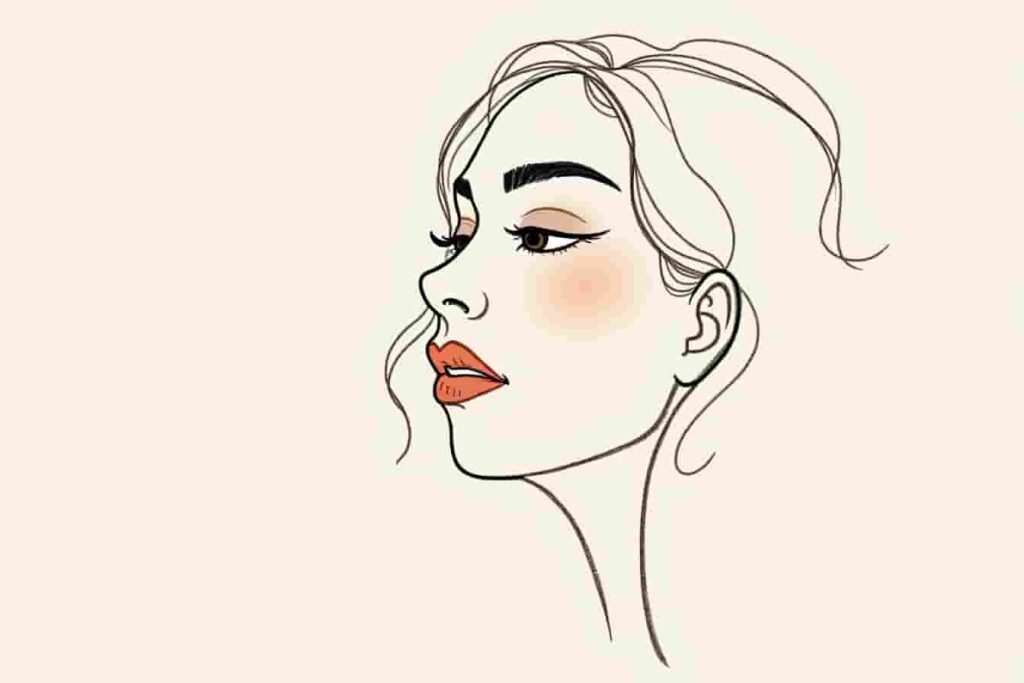
9. Digital Drawings vs. Traditional Drawings
| Feature | Digital Drawing | Traditional Drawing |
|---|---|---|
| Tools | Digital tablet, software | Paper, pencils, ink |
| Flexibility | Easy to edit | Difficult to erase |
| Texture | Smooth and clean | Natural and organic |
10. Common Mistakes in Drawing and How to Avoid Them
- Overuse of Eraser – Instead of erasing, learn to adjust lines.
- Lack of Structure – Start with a rough sketch before adding details.
- Ignoring Light and Shadow – Proper shading enhances realism.
- Not Practicing Enough – Drawing skills improve with time and effort.
11. Frequently Asked Questions (FAQs)
Q2: What is the best pencil for shading?
Soft pencils like 4B, 6B, and 8B are best for shading.
Q3: How long does it take to become good at drawing?
It depends on practice, but consistent effort over months or years leads to improvement.
Q4: Is digital drawing easier than traditional drawing?
It depends on personal preference; digital drawing offers more flexibility, while traditional drawing provides a unique feel.
12. Conclusion
Drawing is an incredible art form that allows people to express their imagination and creativity. Whether you’re sketching on paper or using digital tools, mastering the fundamentals and practicing regularly will help you improve. With so many techniques and styles available, there’s always something new to explore in the world of drawing. So, grab a pencil or a stylus and start creating!

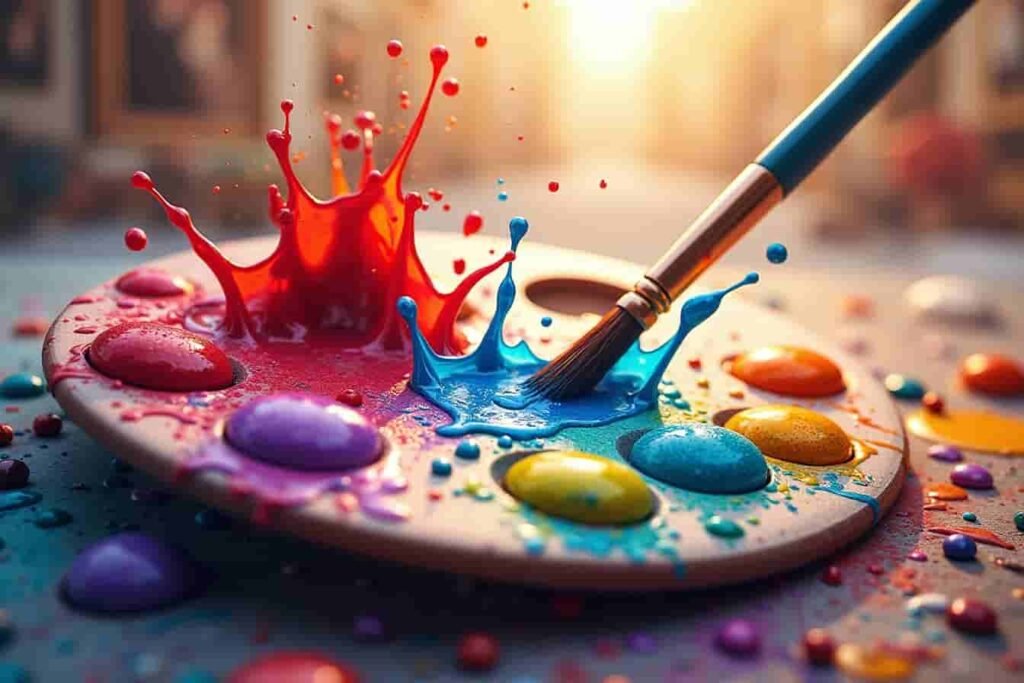
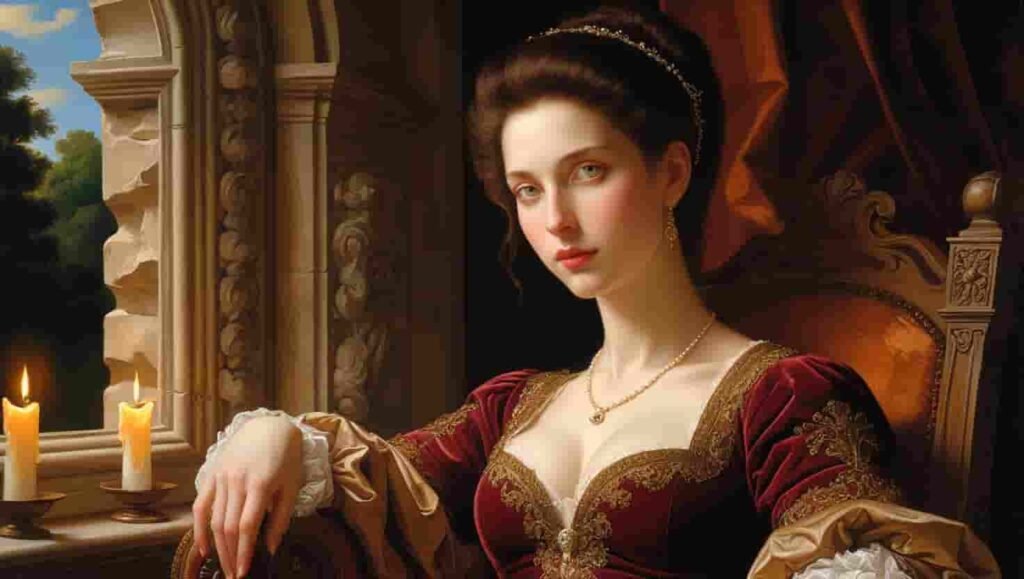

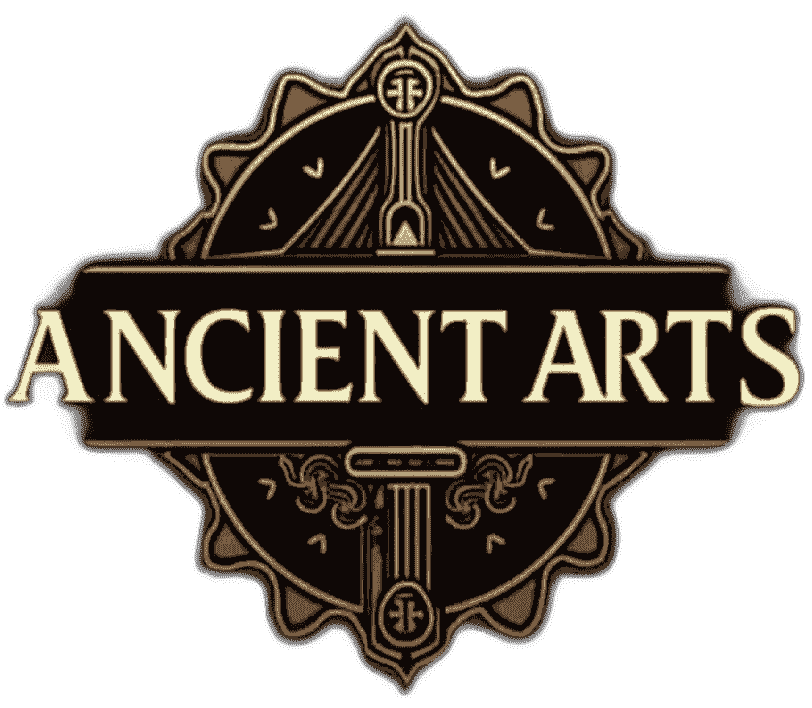
Pingback: Arts